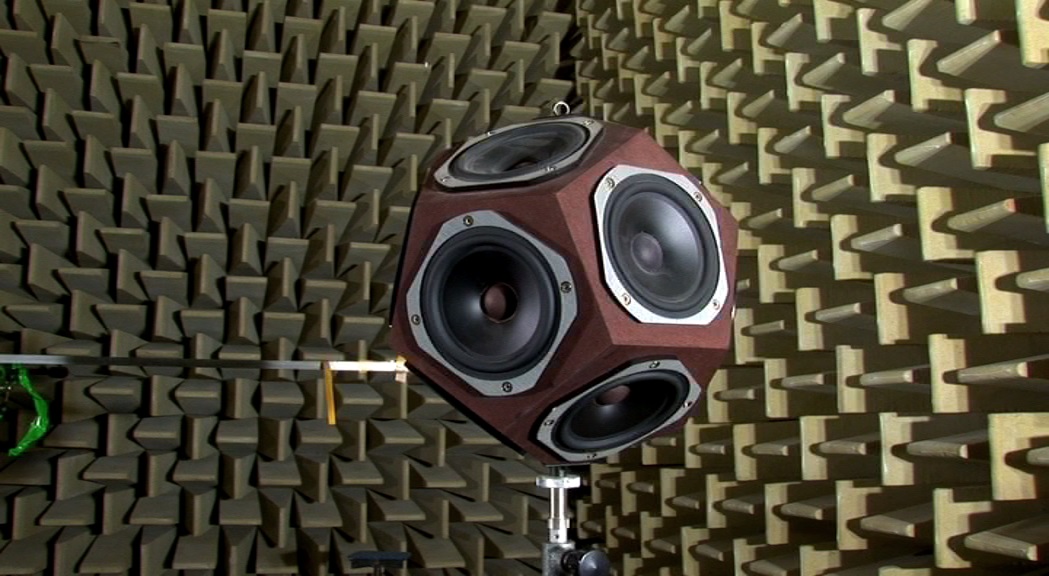This post is also available in:
 עברית (Hebrew)
עברית (Hebrew)
Some of the missions of unmanned aircraft systems require a low-noise signature, such as the need for discreet surveillance or due to environmental considerations. A new collaborative research venture that seeks to quiet unmanned aircraft systems is sponsored by the U.S. Department of Defense. The research could enable the U.S. Army UAS to one day fly cooler, quieter, and with more efficiency than ever.
Designed to absorb sound waves emanating from within, the Mississippi State’s Raspet Flight Research Laboratory acoustic anechoic chamber halts the waves from bouncing within the room while also providing insulation from exterior noise. This enables researchers to accurately measure the precise sounds on which they are focused.
In static tests done inside the chamber and later in actual test flights, the lab team will measure noise produced by propellers reconfigured for the project. The new propellers, with four or five blades rather than the standard two, rotate at fewer revolutions per minute to reduce noise.
Their objective is to see which propellers create the same, or acceptably equivalent, thrusts at a potentially lower RPM. Propeller modifications, along with other changes considered by researchers, could lead to significantly quieter flights.
Lessons learned from the research could also have non-military applications, such as allowing UAS, for example, to survey crops more quietly, resulting in fewer disturbances for those on the ground.
Designed and built to international standards, the Raspet chamber’s ambient noise floor measures 16.5 dBA, which is quieter than a whisper and barely more audible than a person breathing normally. This degree of silence anechoic rooms create has been known to cause some to express feelings of disorientation upon entering.
MSU’s Raspet Flight Research Laboratory is the nation’s leading academic research center dedicated exclusively to the advancement of Unmanned Aircraft Systems, as reported by msstate.edu.


























